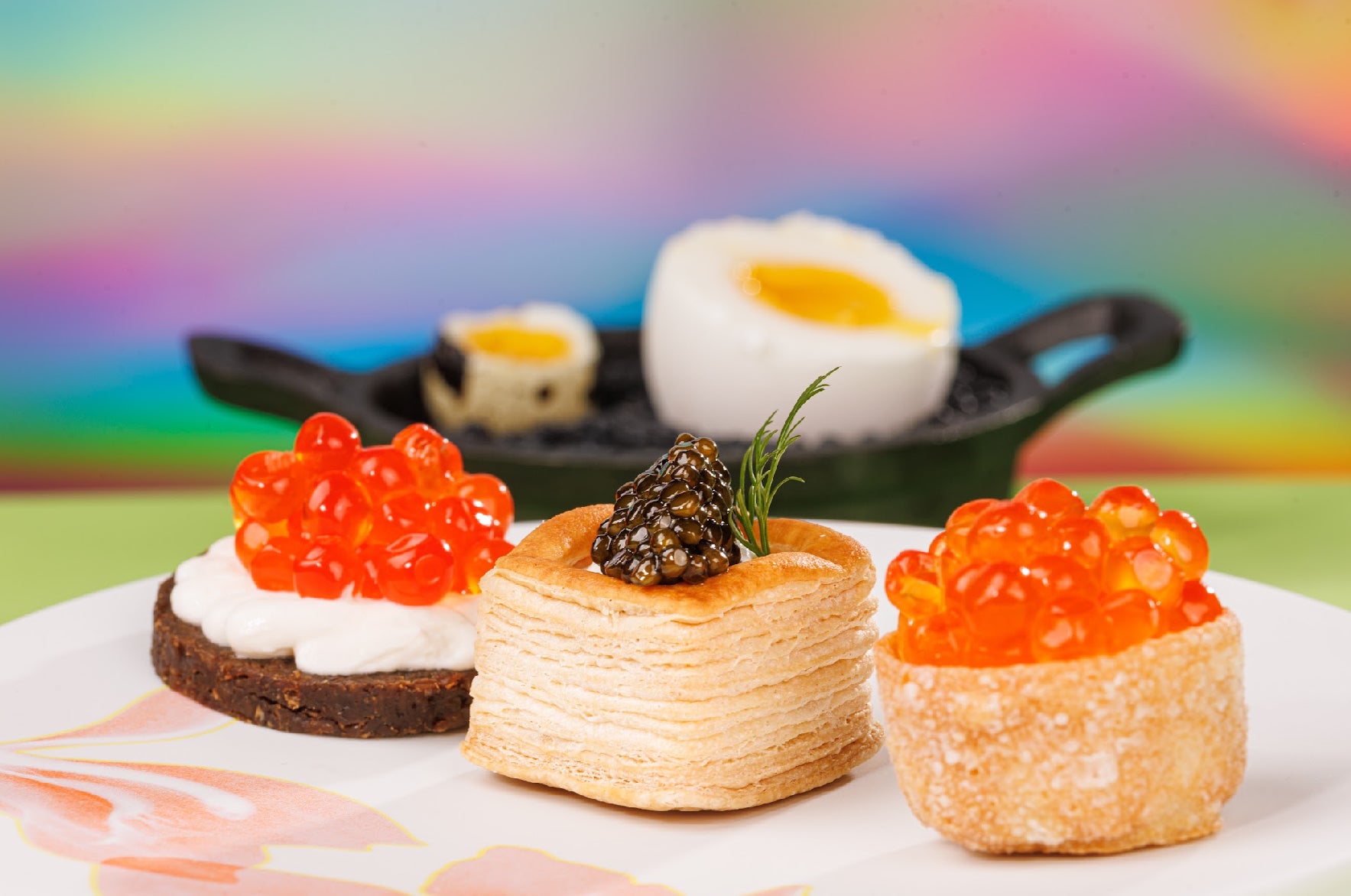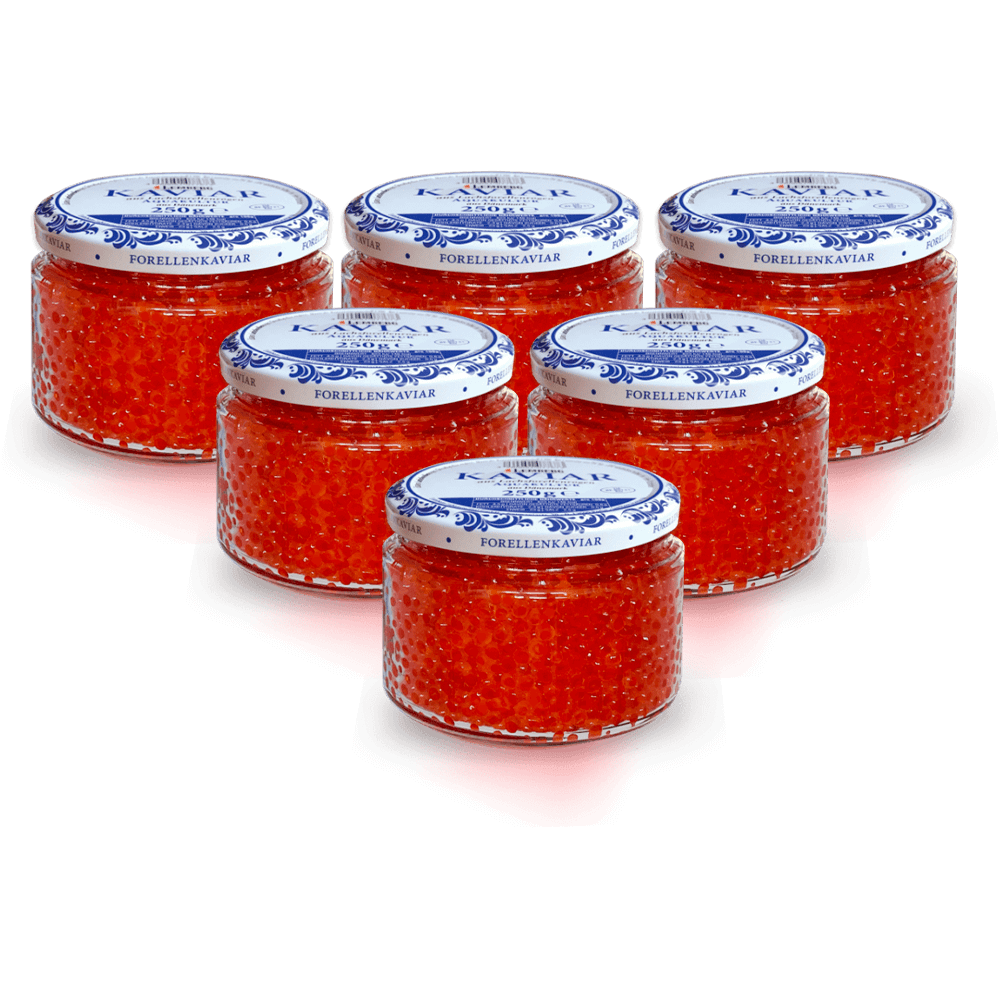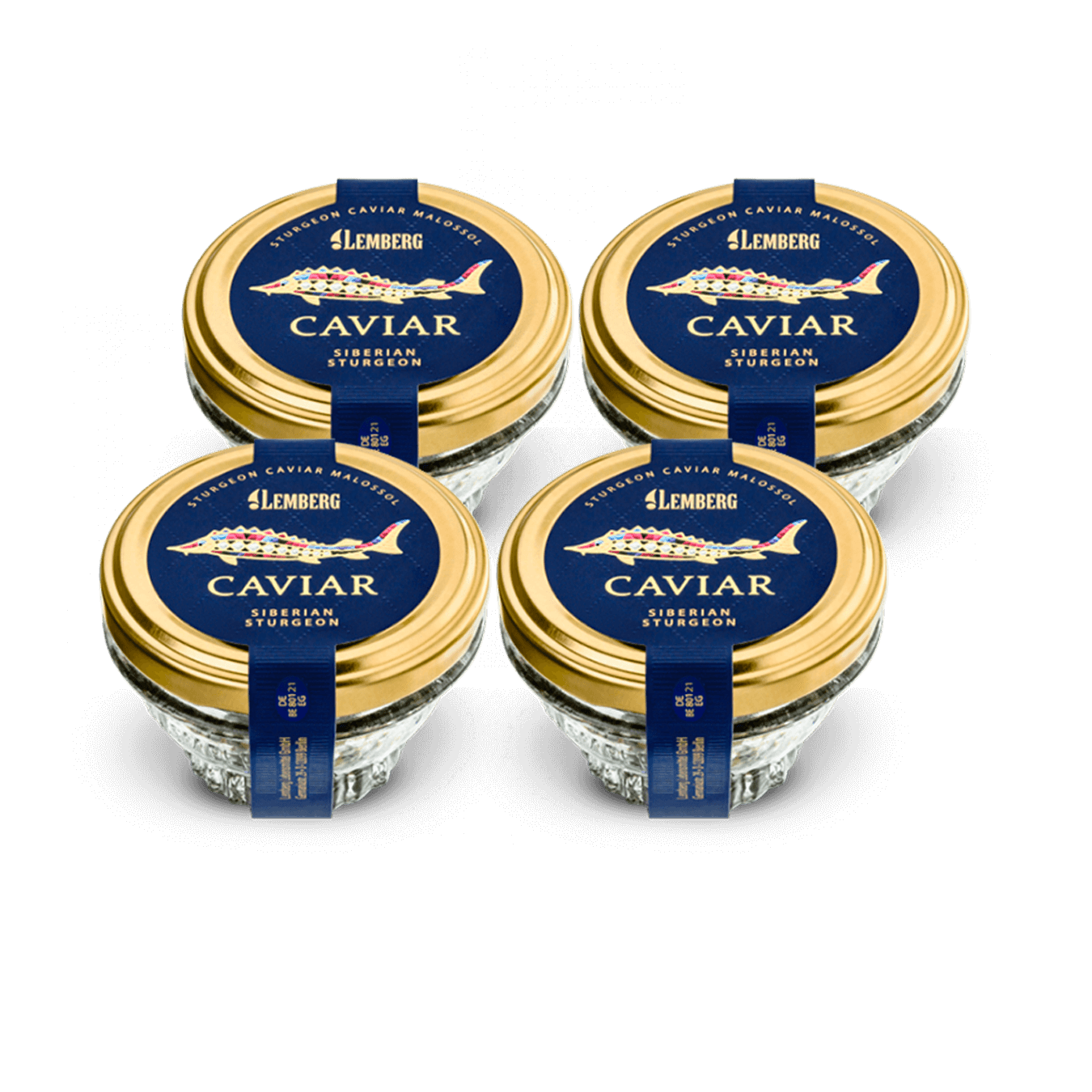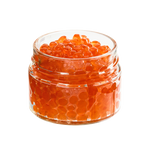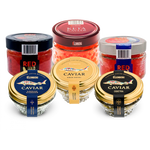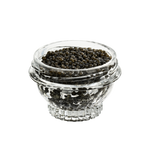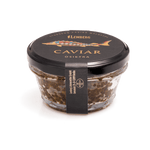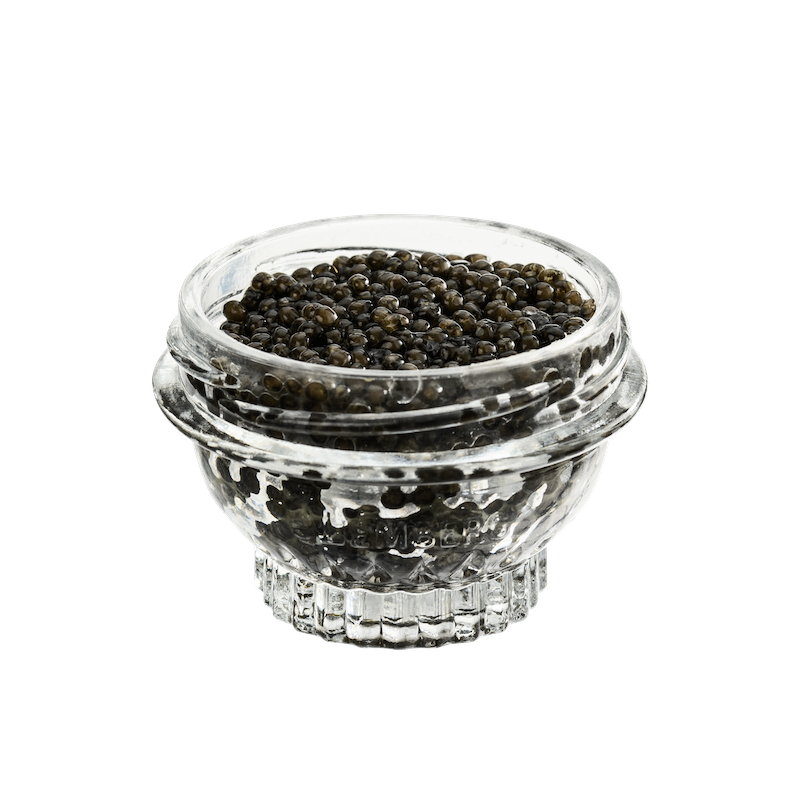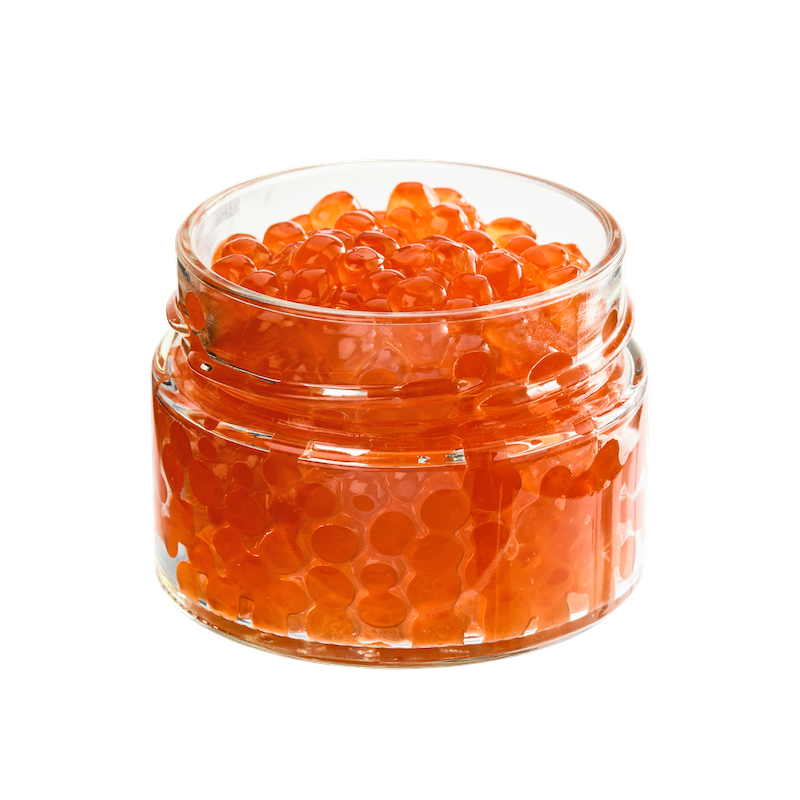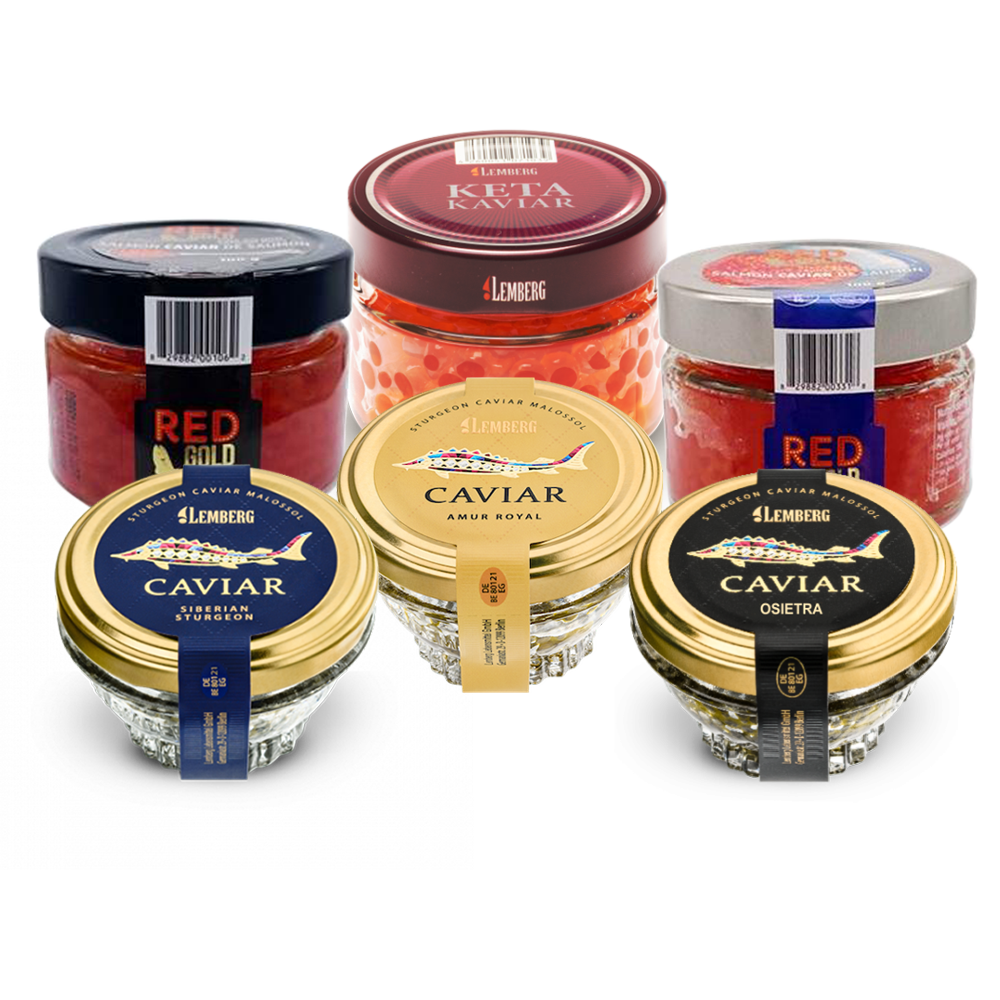Menu

A Feast of Feasts: How People in Different Countries Enjoy Caviar
The word "caviar" is traditionally associated with Russia: it was Russian tradition that made caviar a cult delicacy and a symbol of wealth and festive table decorations. However, people all over the world really enjoy caviar but in different ways.
France is considered the European champion in caviar consumption: 58 tons of caviar are eaten there per year on average. The second is Germany (25.7 tons) and the third is Spain (9.3 tons). Also caviar is very popular in the U.S., Japan, China, Canada, Switzerland, Great Britain, UAE, Singapore, Australia, and of course in Russia and all post-Soviet countries.
France: Only “Caviar”!
In France, sturgeon caviar is definitely a favorite. The first caviar house was opened in Paris in the 1920s by Russian emigrants. At the time French bohemia adored Chaliapin and Stravinsky and they, in turn, enjoyed sturgeon caviar and regularly visited the house making it more popular. Thus, France came to love this delicacy. Today it is served with baguettes, tartlets or foie gras, and is included in countless high cuisine dishes (fr. Haute cuisine). Sturgeon caviar is only served with Champagne. The French also enjoy salmon roe — it is served with soft cheese revealing its flavor, and asparagus — but it is not considered “caviar” in the direct meaning of the word. Salmon roe in French is “œufs de poissons”, i.e. fish eggs, but it is not the same genuine caviar.
Japan: Permissibly without Bread
Japanese usually prefer red caviar — salmon or trout. Even the word "ikura" is of Russian origin. But when visiting Japan be ready for the fact that caviar may not be as salty as in Europe. In Japan, caviar is not canned but either served seasonally or frozen before serving. A salty nuance, which is still necessary for taste, is given to the caviar with a marinade of soy sauce and sake. Sushi, rice and sashimi are the main Japanese dishes with salmon caviar. Interesting serving idea: white fluffy rice is layered with salmon caviar. Sturgeon caviar in Japan is even more precious and expensive delicacy than in Europe and is often added to dishes as finishing touch. And no baskets or baguettes — Japanese find the combination of bread and caviar as unimaginable. The caviar dishes should be served with cooled rice vodka — sake.

Finland: Unusual Serving which may be Copied at Home
Although Finland is not a champion of caviar consumption, it nevertheless surprises with the most unusual serving: salmon caviar is added to Finnish traditional dish called "mäti". It is out of all relation to mint: salmon caviar is mixed with finely chopped onions and high-fat sour cream, and served with grain bread or rye flatbread. Mäti can be eaten without bread — rich onions and sour milk nuances perfectly complement salmon caviar's flavor.
Germany: a Metaphor for New Life
Caviar in Germany is synonymous with new life. Most often it is served for Christmas or holiday meals: like in Russia, both salmon and sturgeon caviar are considered the finest delicacies for special cases. Caviar is served alone or as part of miniature appetizers: tartlets with cream cheese best revealing taste nuances of salmon caviar (e. g., trout, sockeye, pink salmon), canapés (here chum salmon caviar is the best) or half eggs with a small caviar portions on top (good idea is quail eggs and sturgeon caviar). In case you want to treat your German-speaking peer to caviar in formal setting, you may try garnishing a slightly cooled puffy omelet with it.

Russia and the Former Soviet Union Countries: Pancakes, Vodka, Traditions
In Russia and many post-Soviet countries it is impossible to imagine New Year's Eve or other holidays without salmon caviar, and serving sturgeon caviar can impress guests at any elegant public event all year round. Traditionally caviar is served primarily with pancakes (this is typical for Maslenitsa) or on bread with a thin layer of butter (traditional New Year's Eve serving). European serving, for example tartlets with cream cheese and salmon caviar, is also very popular. One of the traditional New Year salad Olivier recipes also includes crab and salmon caviar. Sturgeon caviar as a rarer treat is served in Russia either alone or on thin white bread slices with fresh butter. Another serving offers fresh cucumber or, if you want to wow your guests with a truly Russian soul, oysters. Russian tradition prescribes serving salmon and sturgeon caviar with ice-cold vodka.
 canape with caviar
canape with caviar
It is considered a great fortune to buy Russian caviar, because Russian traditional techniques allow the most delicious and high-quality caviar to be produced. And there is no need to go to Russia: you can order Russian caviar in Canda at Lemberg Caviar House. Whatever you decide to serve caviar — in tartlets, with foie gras or as Finnish mäti — we are always ready to expand the horizons of your culinary geography providing the best Lemberg caviar with 48-72 hours delivery all over Canada.
What is Caviar? Discover the Delicacy and Its History
France is considered the European champion in caviar consumption: 58 tons of caviar are eaten there per year on average. The second is Germany (25.7 tons) and the third is Spain (9.3 tons). Also caviar is very popular in the U.S., Japan, China, Canada, Switzerland, Great Britain, UAE, Singapore, Australia, and of course in Russia and all post-Soviet countries.
France: Only “Caviar”!
In France, sturgeon caviar is definitely a favorite. The first caviar house was opened in Paris in the 1920s by Russian emigrants. At the time French bohemia adored Chaliapin and Stravinsky and they, in turn, enjoyed sturgeon caviar and regularly visited the house making it more popular. Thus, France came to love this delicacy. Today it is served with baguettes, tartlets or foie gras, and is included in countless high cuisine dishes (fr. Haute cuisine). Sturgeon caviar is only served with Champagne. The French also enjoy salmon roe — it is served with soft cheese revealing its flavor, and asparagus — but it is not considered “caviar” in the direct meaning of the word. Salmon roe in French is “œufs de poissons”, i.e. fish eggs, but it is not the same genuine caviar.
Japan: Permissibly without Bread
Japanese usually prefer red caviar — salmon or trout. Even the word "ikura" is of Russian origin. But when visiting Japan be ready for the fact that caviar may not be as salty as in Europe. In Japan, caviar is not canned but either served seasonally or frozen before serving. A salty nuance, which is still necessary for taste, is given to the caviar with a marinade of soy sauce and sake. Sushi, rice and sashimi are the main Japanese dishes with salmon caviar. Interesting serving idea: white fluffy rice is layered with salmon caviar. Sturgeon caviar in Japan is even more precious and expensive delicacy than in Europe and is often added to dishes as finishing touch. And no baskets or baguettes — Japanese find the combination of bread and caviar as unimaginable. The caviar dishes should be served with cooled rice vodka — sake.

Finland: Unusual Serving which may be Copied at Home
Although Finland is not a champion of caviar consumption, it nevertheless surprises with the most unusual serving: salmon caviar is added to Finnish traditional dish called "mäti". It is out of all relation to mint: salmon caviar is mixed with finely chopped onions and high-fat sour cream, and served with grain bread or rye flatbread. Mäti can be eaten without bread — rich onions and sour milk nuances perfectly complement salmon caviar's flavor.
Germany: a Metaphor for New Life
Caviar in Germany is synonymous with new life. Most often it is served for Christmas or holiday meals: like in Russia, both salmon and sturgeon caviar are considered the finest delicacies for special cases. Caviar is served alone or as part of miniature appetizers: tartlets with cream cheese best revealing taste nuances of salmon caviar (e. g., trout, sockeye, pink salmon), canapés (here chum salmon caviar is the best) or half eggs with a small caviar portions on top (good idea is quail eggs and sturgeon caviar). In case you want to treat your German-speaking peer to caviar in formal setting, you may try garnishing a slightly cooled puffy omelet with it.

Russia and the Former Soviet Union Countries: Pancakes, Vodka, Traditions
In Russia and many post-Soviet countries it is impossible to imagine New Year's Eve or other holidays without salmon caviar, and serving sturgeon caviar can impress guests at any elegant public event all year round. Traditionally caviar is served primarily with pancakes (this is typical for Maslenitsa) or on bread with a thin layer of butter (traditional New Year's Eve serving). European serving, for example tartlets with cream cheese and salmon caviar, is also very popular. One of the traditional New Year salad Olivier recipes also includes crab and salmon caviar. Sturgeon caviar as a rarer treat is served in Russia either alone or on thin white bread slices with fresh butter. Another serving offers fresh cucumber or, if you want to wow your guests with a truly Russian soul, oysters. Russian tradition prescribes serving salmon and sturgeon caviar with ice-cold vodka.
 canape with caviar
canape with caviarIt is considered a great fortune to buy Russian caviar, because Russian traditional techniques allow the most delicious and high-quality caviar to be produced. And there is no need to go to Russia: you can order Russian caviar in Canda at Lemberg Caviar House. Whatever you decide to serve caviar — in tartlets, with foie gras or as Finnish mäti — we are always ready to expand the horizons of your culinary geography providing the best Lemberg caviar with 48-72 hours delivery all over Canada.
Read More
What is Caviar? Discover the Delicacy and Its History
What Does Caviar Taste Like: A Guide to the Flavor of This Luxurious Delicacy
Caviar extraction: in detail
How to eat caviar?
- Choosing a selection results in a full page refresh.
